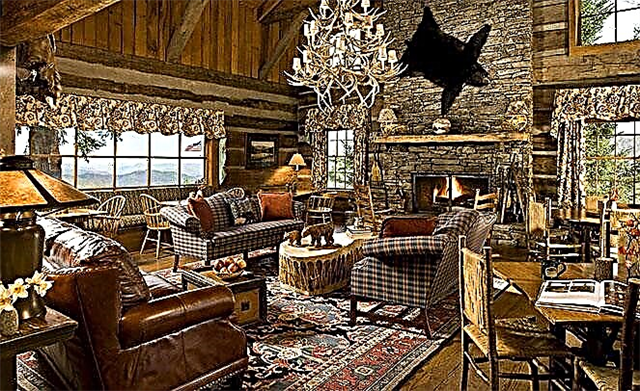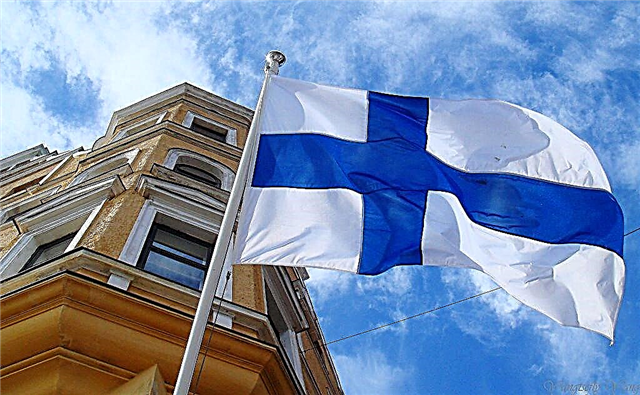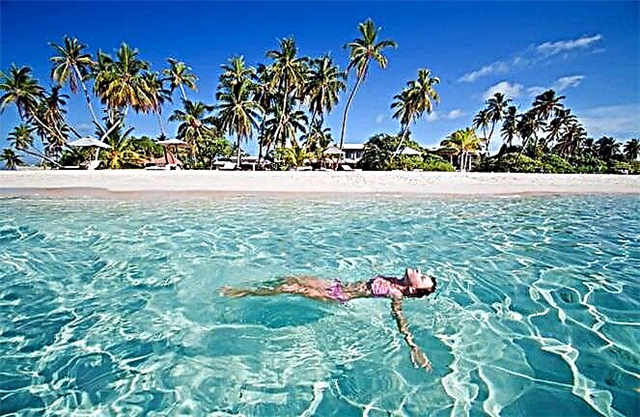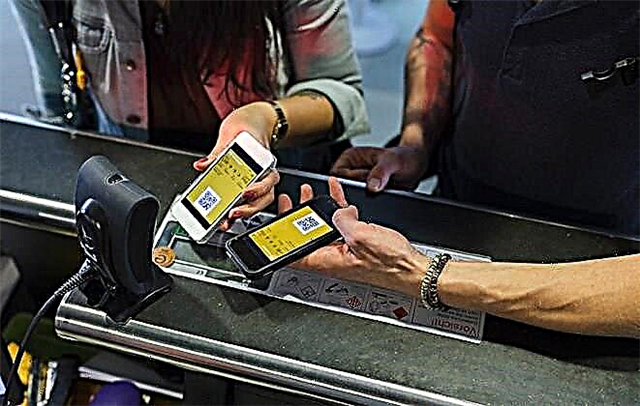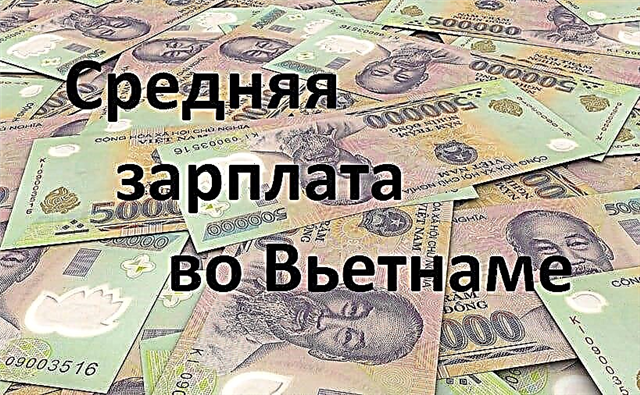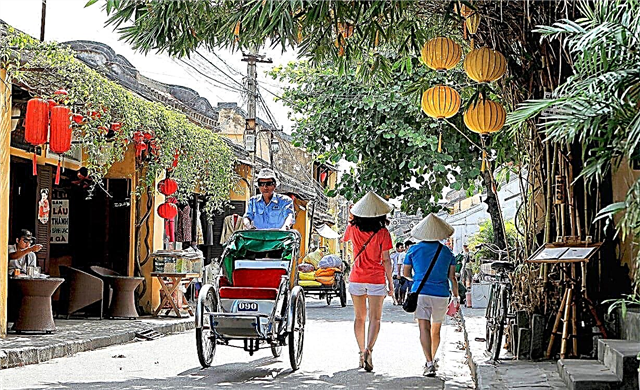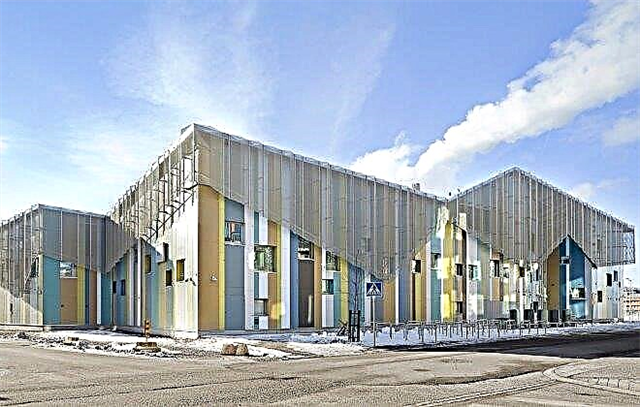Finland is one of the most attractive migration destinations for Russians, given its territorial proximity, high standard of living and quality of education (it is included in the top 10 world rankings). Preschool education is also represented by Russian-Finnish kindergartens, which are located in many large cities. Therefore, Russian migrants with children are interested in learning what makes kindergartens in Finland special, what is the cost of a place and how to register a child there.

Preschool education system
Children in Finland are full members of society from birth.
One of the parents is on maternity leave until the baby is 9 months old. The father or mother has the right to extend the leave up to 3 years by writing a corresponding application. During this time, childcare assistance (kotihoidon tuki) from the KELA Pension Board is paid in the amount of about 500 euros. When a parent wants to go to work, he can send the child to kindergarten.
According to the Education Act, since 2001, the responsibility for preschool education in Finland has been assigned to the local government.
Kindergartens, both municipal and private, accept children from 9 months to 6 years old. A place in a preschool institution is paid, but if the family is poor (parents have low income) or has many children, benefits are provided.
Most of the institutions are bilingual: the main language is Finnish, the second can be English, Swedish, German, French or Russian.
There are mixed kindergartens where healthy toddlers and children with disabilities study together.
The task of educators is daycare for the child, and the main requirement for preschool institutions is to create a favorable atmosphere and diversity in learning.
Educators with a bachelor's or master's degree work closely with parents: they advise what educational measures to take if the child is capricious or misbehaves.
Finnish preschool education does not have a single curriculum, but is based on the following principles:
- love;
- respect;
- freedom of action, which is given to both preschoolers and their educators (they do not keep reports, their actions are not coordinated by the education department).
In preschool institutions, the independence and initiative of pupils is encouraged in every possible way.
A compulsory stage of preschool education is esikoulu / eskari - preparation for school for children from the age of 6, which lasts 1 year.
Types of kindergartens
The Finnish kindergarten system covers several types:
- Municipal (kunnalliset päiväkoti). Each group has from 10 to 25 children, with whom 2-3 educators are engaged.
- Private (yksityinen päiväkoti). They have different directions: art, languages, sports, and so on.
- Private, from which the municipality buys services. The payment amount is the same as in the municipal one.
- Family (perhepäiväkoti). It can be placed in an apartment or a private house of a teacher or child. One teacher can teach 4 children who are on a full day and 1 child who is half a day. At the same time, places for games, sleeping places and a walking area should be equipped.
- Group family (ryhmäperhepäivähoito). Designed for 8-12 children.
There is an open kindergarten (avoin päiväkoti), where the child's parents look after the child, and kindergartens, where classes are taught in a foreign language (vieraskieliset päiväkoti). The first is a kind of club of interests: parents, together with their child, sculpt, draw, read fairy tales, play games. Classes in such a kindergarten are free.
How to enroll in kindergarten
To enroll their child in preschool, parents must have a residence permit.
An application for a place should be submitted to a kindergarten 4 months before it is planned to send a child there.
Before submitting documents, it is necessary to undergo a medical examination, collect and provide medical certificates to medical workers.
You can apply to a municipal childcare institution both in person and on the Internet, to a private one - only in person. Application forms are available in kindergartens, the social welfare office and the KELA Pension Office. It is important to know that by this time the child must have a personal identification code - henkilötunnus.
Sometimes there are queues for Finnish preschool institutions, but if you apply well in advance, the chances that the child will get into the chosen kindergarten are quite high. When an urgent need to change kindergarten, for example, because of a move or because of the fact that parents go to work, the application can be considered urgently. But then the child will go to the institution where there is a place.
Price
The cost of a place in a preschool institution depends on several factors: income level, the number of family members and how many hours the child will be in the kindergarten.

The minimum fee for a kindergarten for low-income families is 26 euros per month. The cost of a child's stay in kindergarten ranges from 220 to 260 euros per month (the exact amount depends on the size of the family income and the specific municipality). Several free places are allocated for children from low-income families.
If the child has been placed in a private kindergarten, where the attendance fee exceeds 290 euros per month, you can contact the KELA service for compensation. To confirm your income level, you must contact the social security office.
Classes
Children usually start going to a Finnish kindergarten at the age of 1.5-2. The minimum age is 9 months.
The standard operating mode of the kindergarten is from 6-6: 30 to 17: 00-17.45.
During the day, children play music, sports, swim in the pool, draw, mold from plasticine, clay, and so on. Particular attention is paid to group types of work, when teachers, together with pupils, make a common project.
Special attention in Finnish preschool education is paid to establishing contacts with others. Children learn to properly interact with people, to show respect for them: to apologize, thank, help, compassion.
Teachers give children relative freedom: they do not prohibit sitting in puddles or playing with wet sand. Children may not do what they do not want to do: for example, if the baby does not want to eat, they will not force him.
Children go outside in any weather, be it sun, snow, frost or rain. The duration of the walk is about 4 hours. Thus, the Finns prepare growing organisms for life in an unfavorable climate.
Popular uniforms for preschoolers are warm overalls, rubber pants with straps, and rubber boots. Pupils put on reflective vests before going outside.
It is allowed to take your favorite toy to the preschool institution - unikaveri, which in Finnish means “sleeping companion”. It must be soft and cloth. The teacher may allow the child to bring a pet to the family garden, provided that the other children are not allergic to animals.
Popular preschool institutions
The most popular preschool institutions include:
- The network of Russian-Finnish kindergartens Idelia (Helsinki), which includes:
- "Smile";
- "Note";
- "Ogonyok";
- "Buratino";
- Pikku Enkeli.
Here, special attention is paid to the development of speech - qualified speech therapists are engaged with preschoolers.
You can find out detailed information and see contact details on the official website.
- The Russian-Finnish kindergarten "Tik-Tak" functions for children from 1 to 6 years old. The number of pupils in each group does not exceed 12 people. During the day, classes are held in several disciplines: music, drawing, modeling, sports. A special area is equipped for walking. Three meals a day. Contact information can be found on the official website.
- The Touhula Päiväkodit network includes more than 150 kindergartens located throughout Finland. Preschool institutions have several directions: language, sports, art and culture. Detailed information can be found on the official website (page in Finnish).
- The private kindergarten in Helsinki Kellosilta Kindergarten offers classes in Finnish and English. The preschool institution is open from 7.30 am to 5 pm. During the school day, children play educational games and engage in creativity. All pupils are guaranteed to enter the Kielo International School. You can get information of interest on the official website.
- Lastentalo Onnimanni kindergarten is located in Espoo (Greater Helsinki region). Opened in 1995. Has 19 seats for babies from 1 to 6 years old. Classes include physical education, visual arts, music, science. Official website in Finnish.
Conclusion
Preschool education in Finland is based on love and respect for the personality of the child. The preschool education system provides for several types of institutions: municipal, private, family, open. Education is paid, but there are benefits for children from low-income families. Classes are interesting and exciting, often with a creative approach, while the initiative of the child himself is encouraged.



